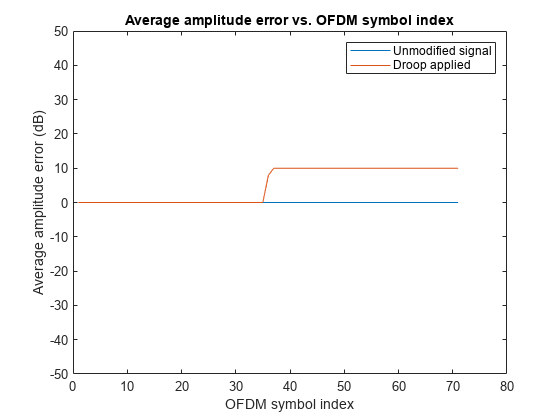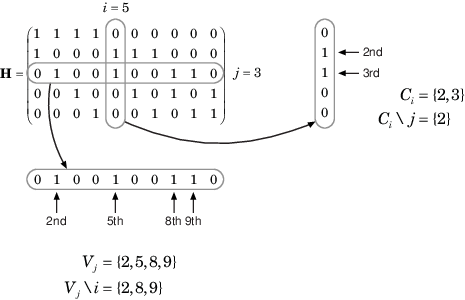wlanVHTDataRecover
Recover bits from VHT-Data field
Syntax
Description
dataBits = wlanVHTDataRecover(rxDataSig,chEst,noiseVarEst,cfgVHT)dataBits, a vector of bits, from
rxDataSig, the received VHT-Data field of a
very-high-throughput (VHT) single-user transmission. The function recovers
dataBits by using chEst, a channel
estimate for the occupied subcarriers, noiseVarEst, an
estimate of noise variance, and cfgVHT, a configuration
object that contains VHT transmission parameters.
For more information about the VHT-Data field, see VHT-Data Field.
dataBits = wlanVHTDataRecover(___,Name,Value)'LDPCDecodingMethod','layered-bp' specifies the layered
belief propagation low-density parity-check (LDPC) decoding algorithm.
Examples
Input Arguments
Name-Value Arguments
Output Arguments
More About
Algorithms
References
[1] IEEE Std 802.11-2020 (Revision of IEEE Std 802.11-2016). “Part 11: Wireless LAN Medium Access Control (MAC) and Physical Layer (PHY) Specifications.” IEEE Standard for Information Technology — Telecommunications and Information Exchange between Systems — Local and Metropolitan Area Networks — Specific Requirements.
[2] Gallager, Robert G. Low-Density Parity-Check Codes. Cambridge, MA: MIT Press, 1963.
[3] Hocevar, D.E. "A Reduced Complexity Decoder Architecture via Layered Decoding of LDPC Codes." In IEEE Workshop on Signal Processing Systems, 2004. SIPS 2004., 107-12. Austin, Texas, USA: IEEE, 2004. https://doi.org/10.1109/SIPS.2004.1363033.
[4] Jinghu Chen, R.M. Tanner, C. Jones, and Yan Li. "Improved Min-Sum Decoding Algorithms for Irregular LDPC Codes." In Proceedings. International Symposium on Information Theory, 2005. ISIT 2005., 449-53, 2005. https://doi.org/10.1109/ISIT.2005.1523374.

